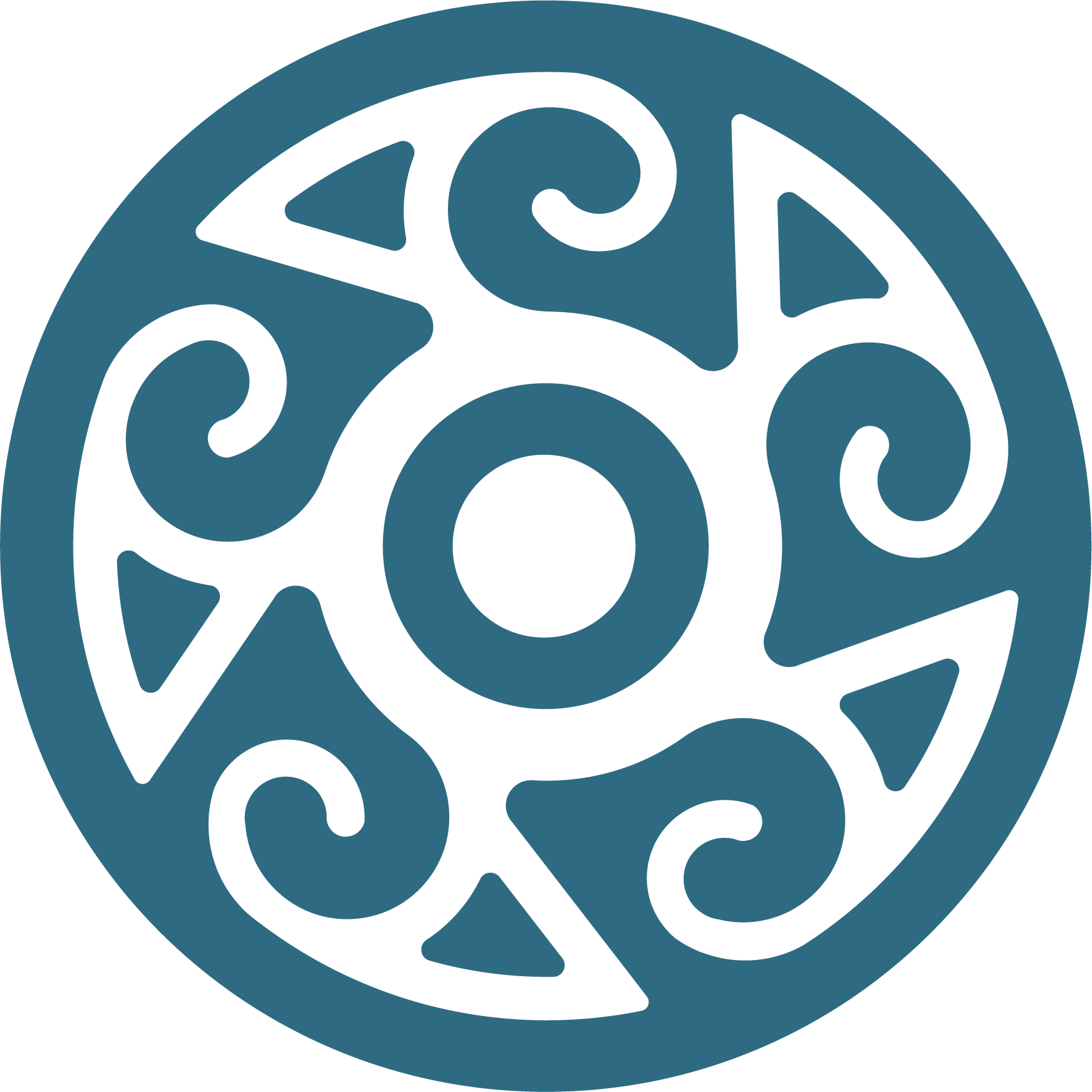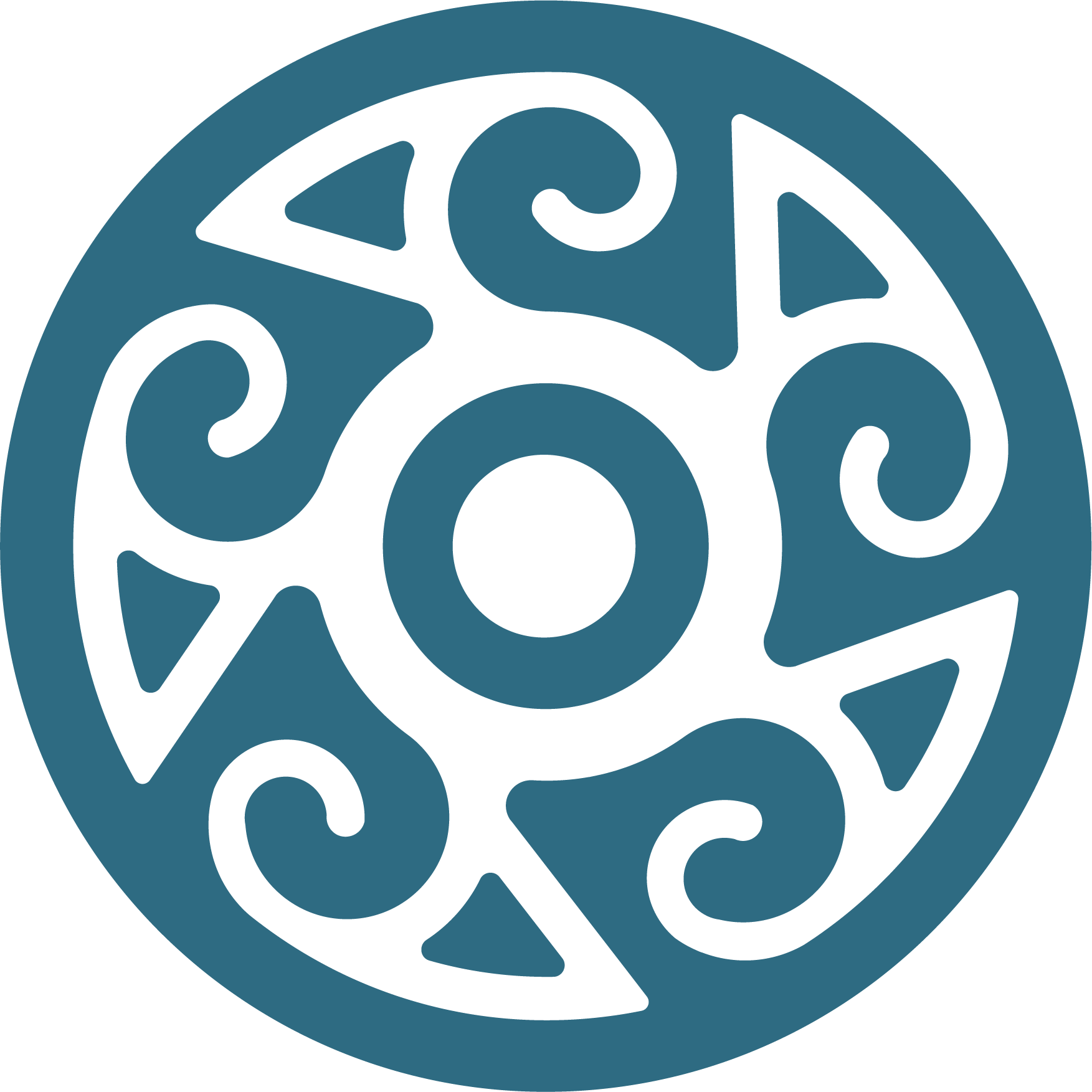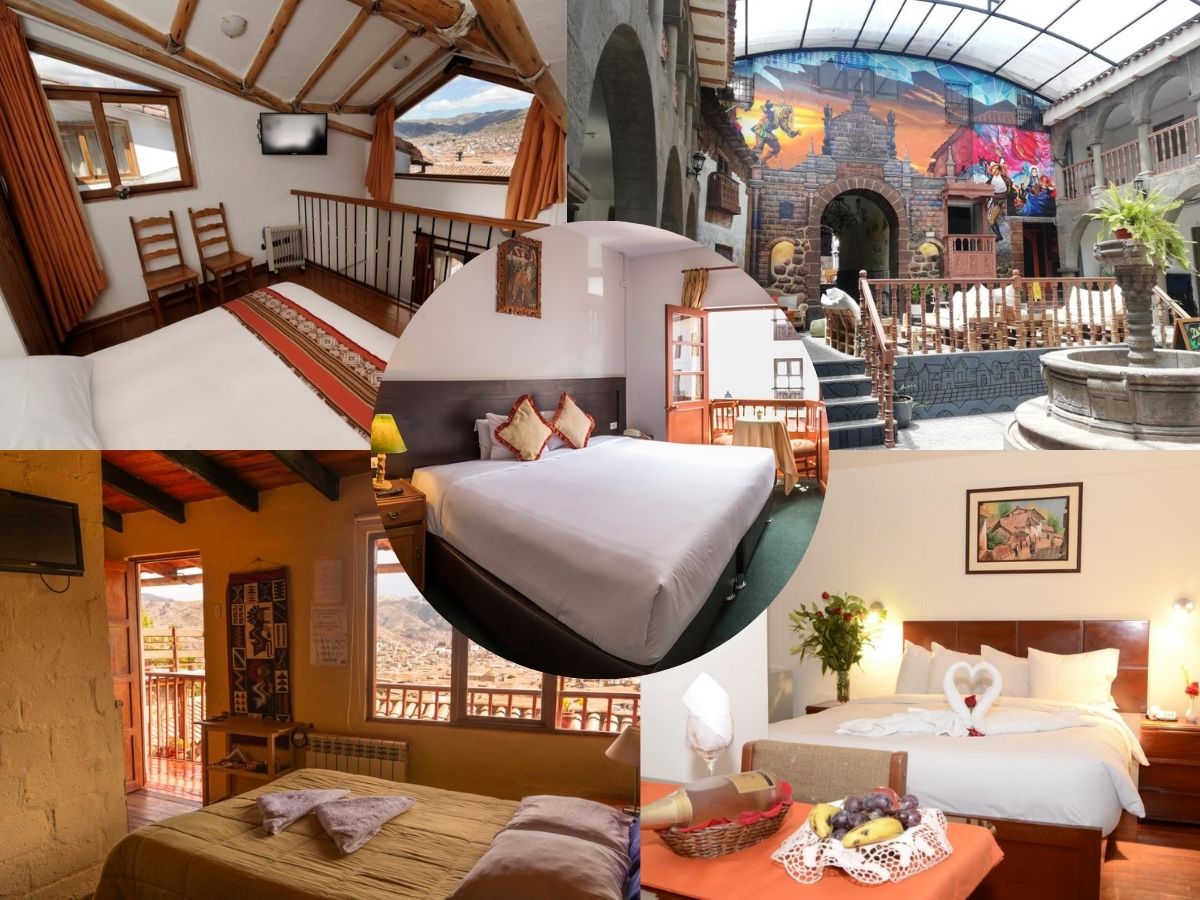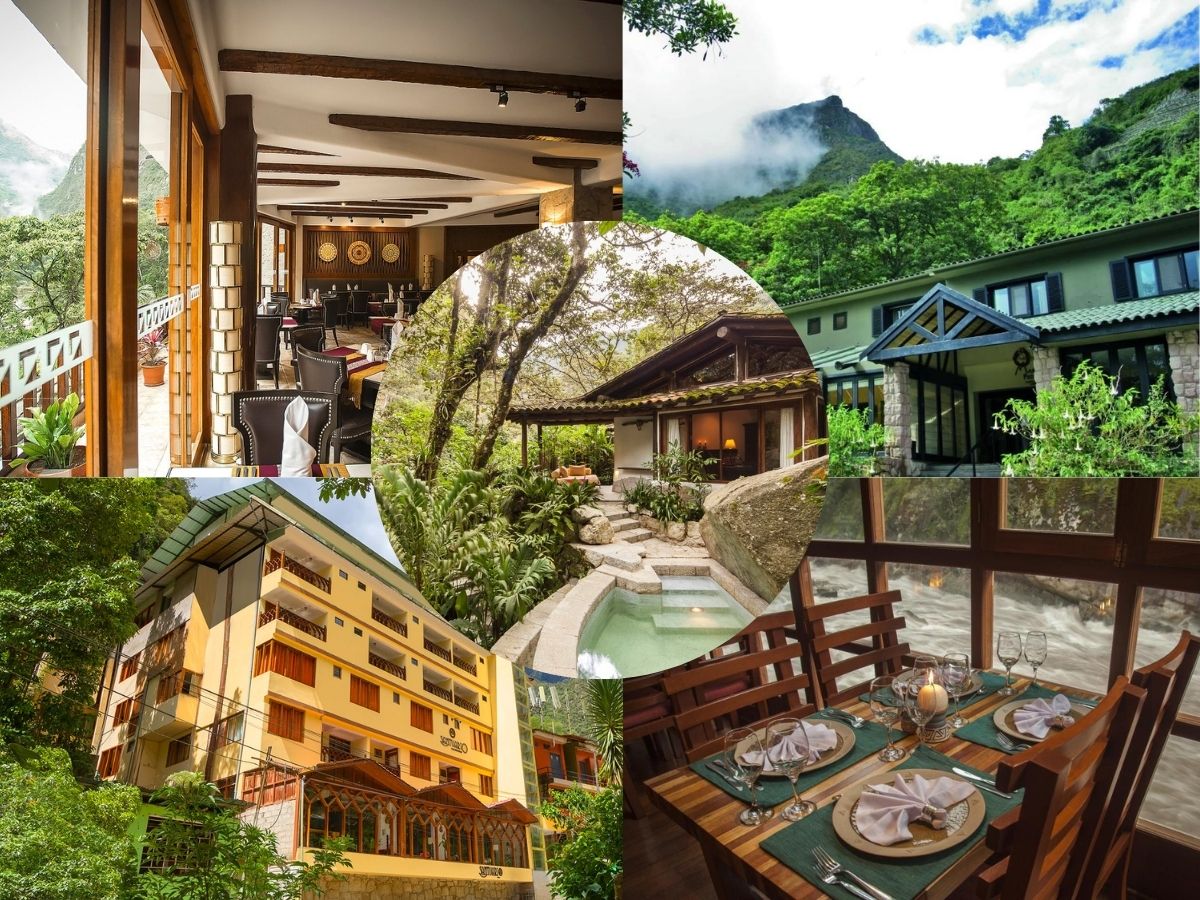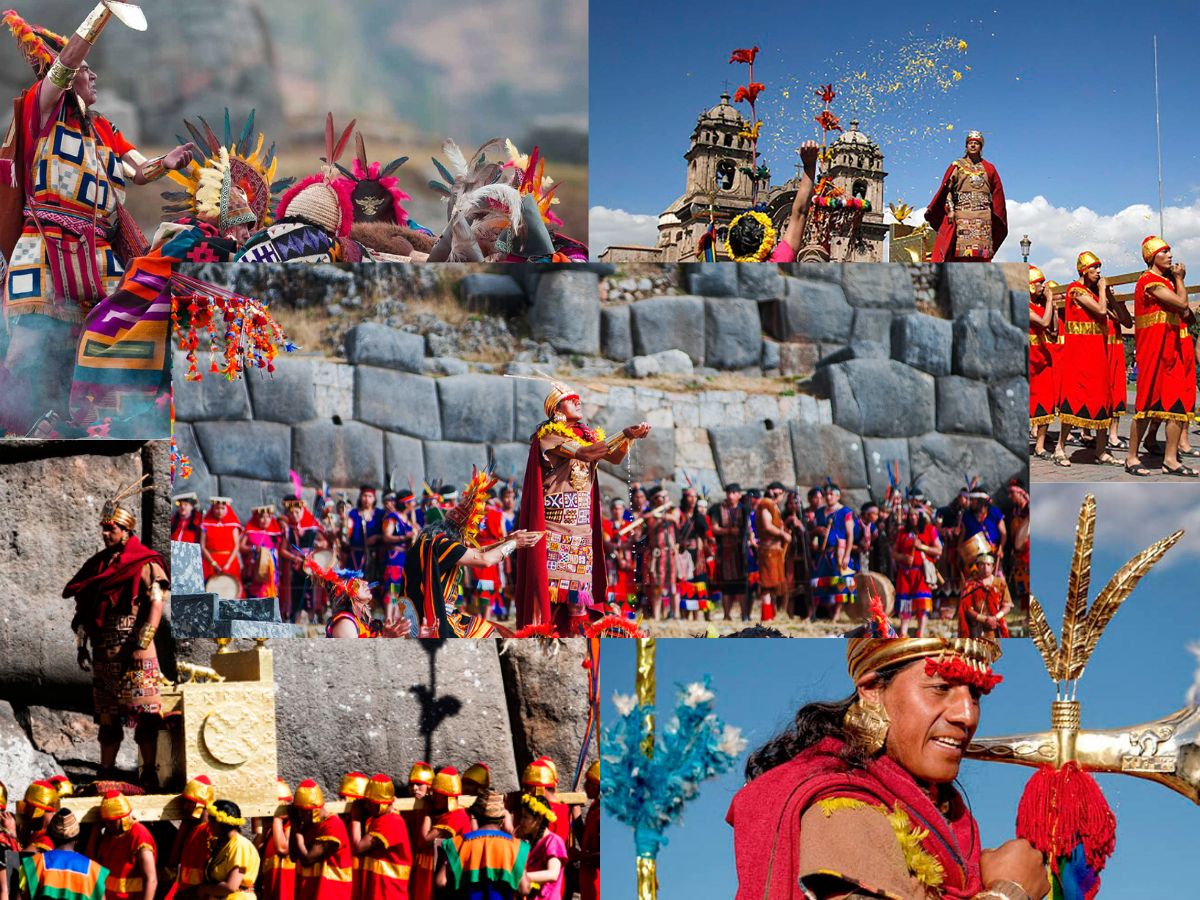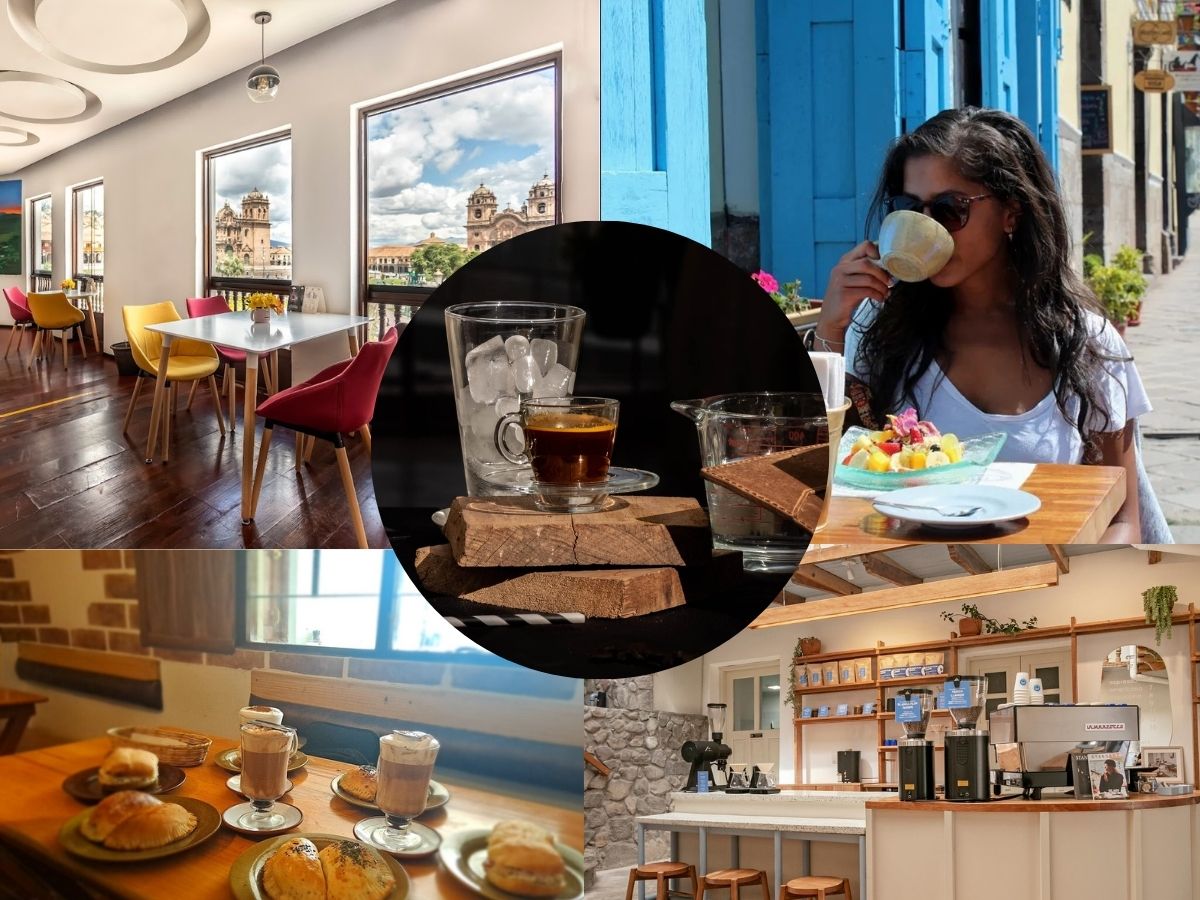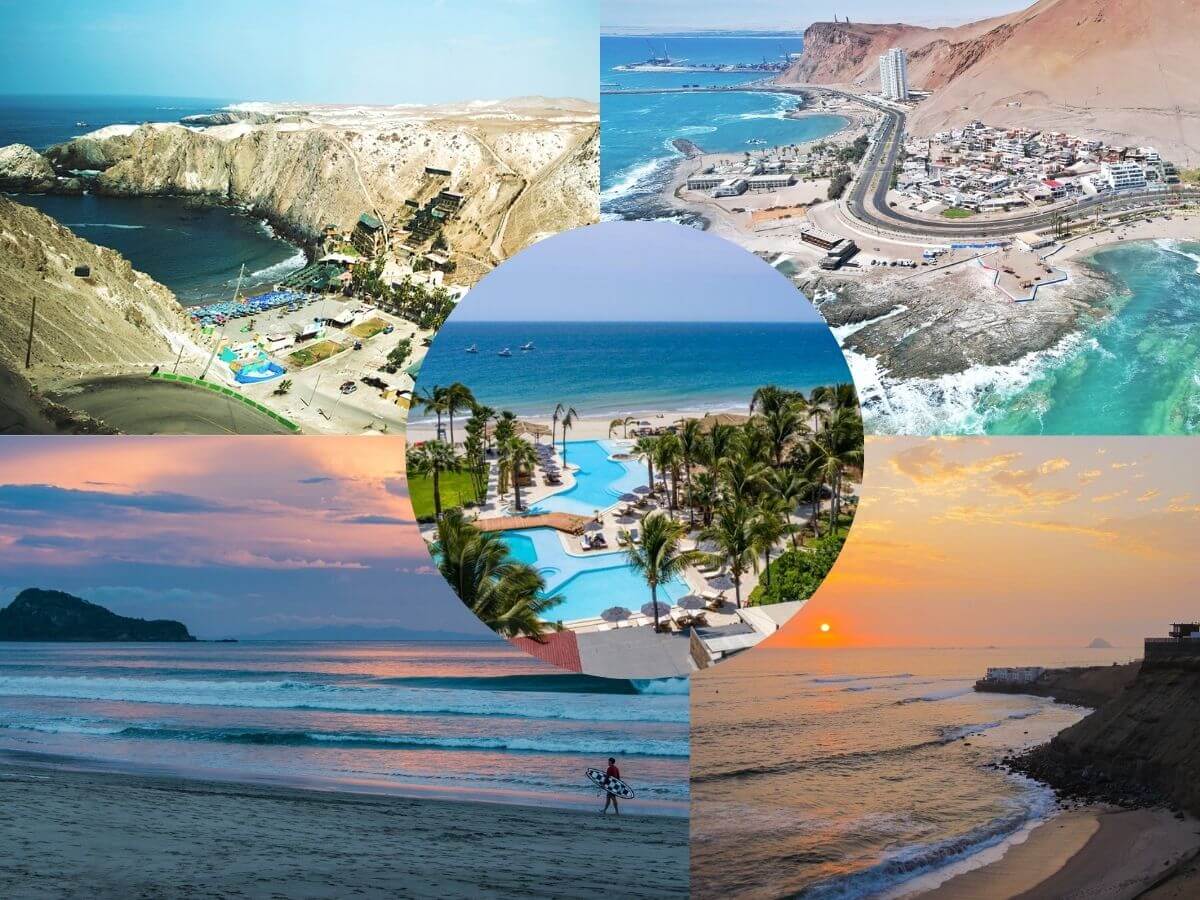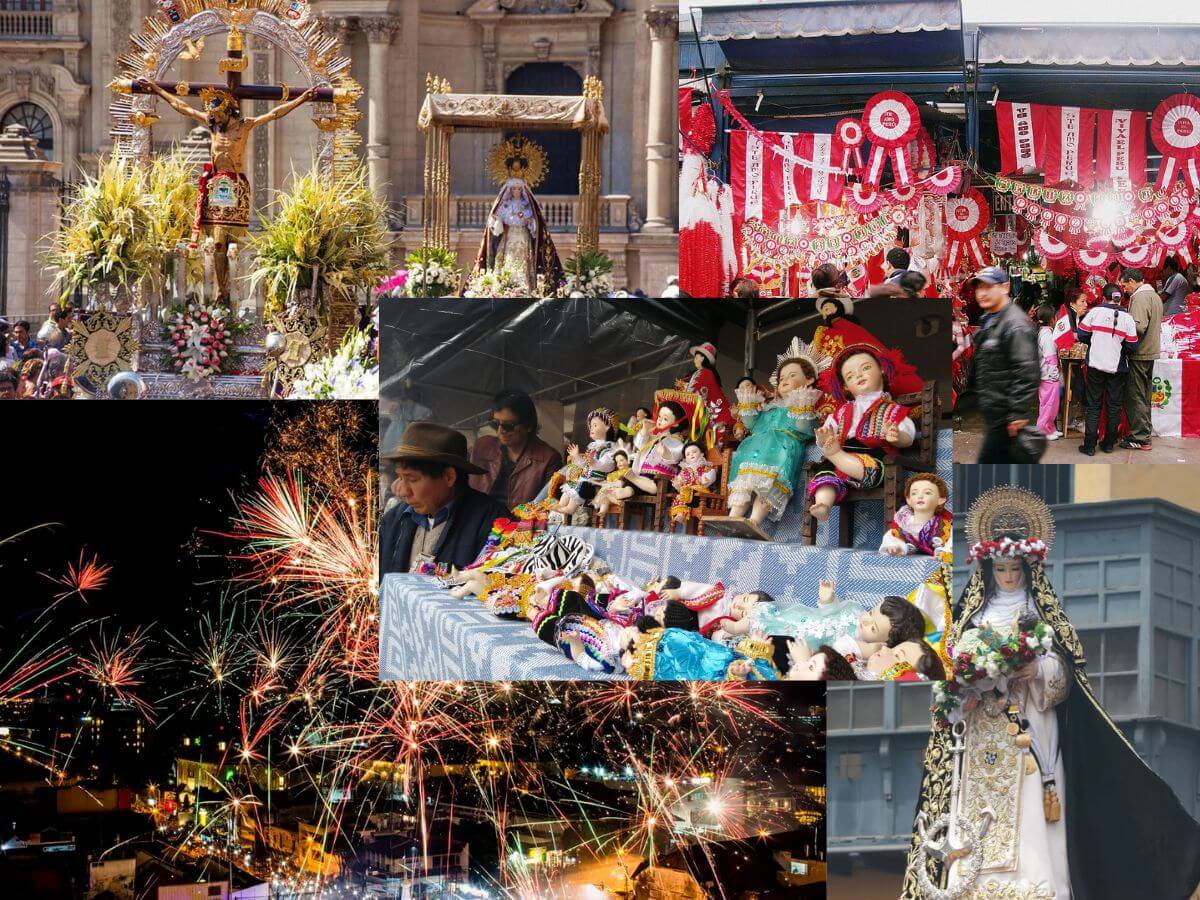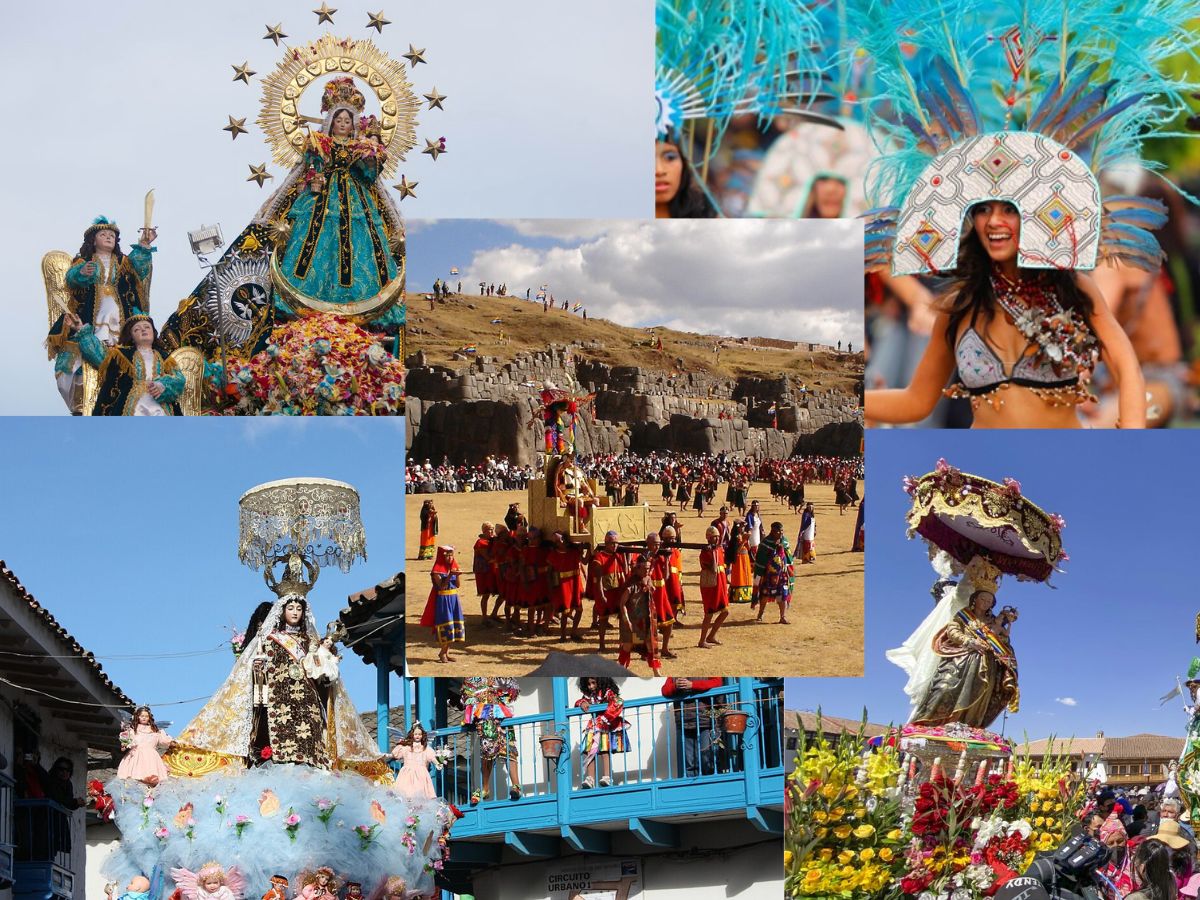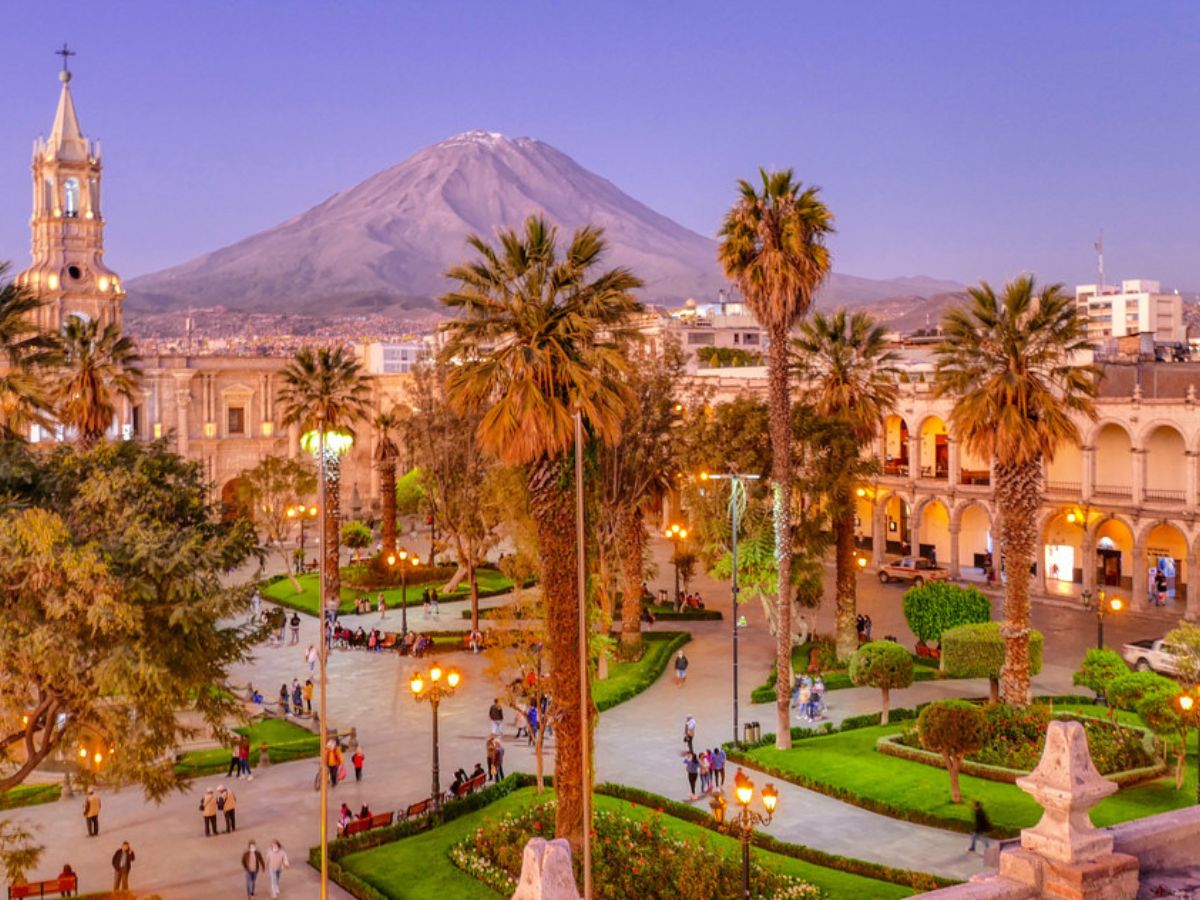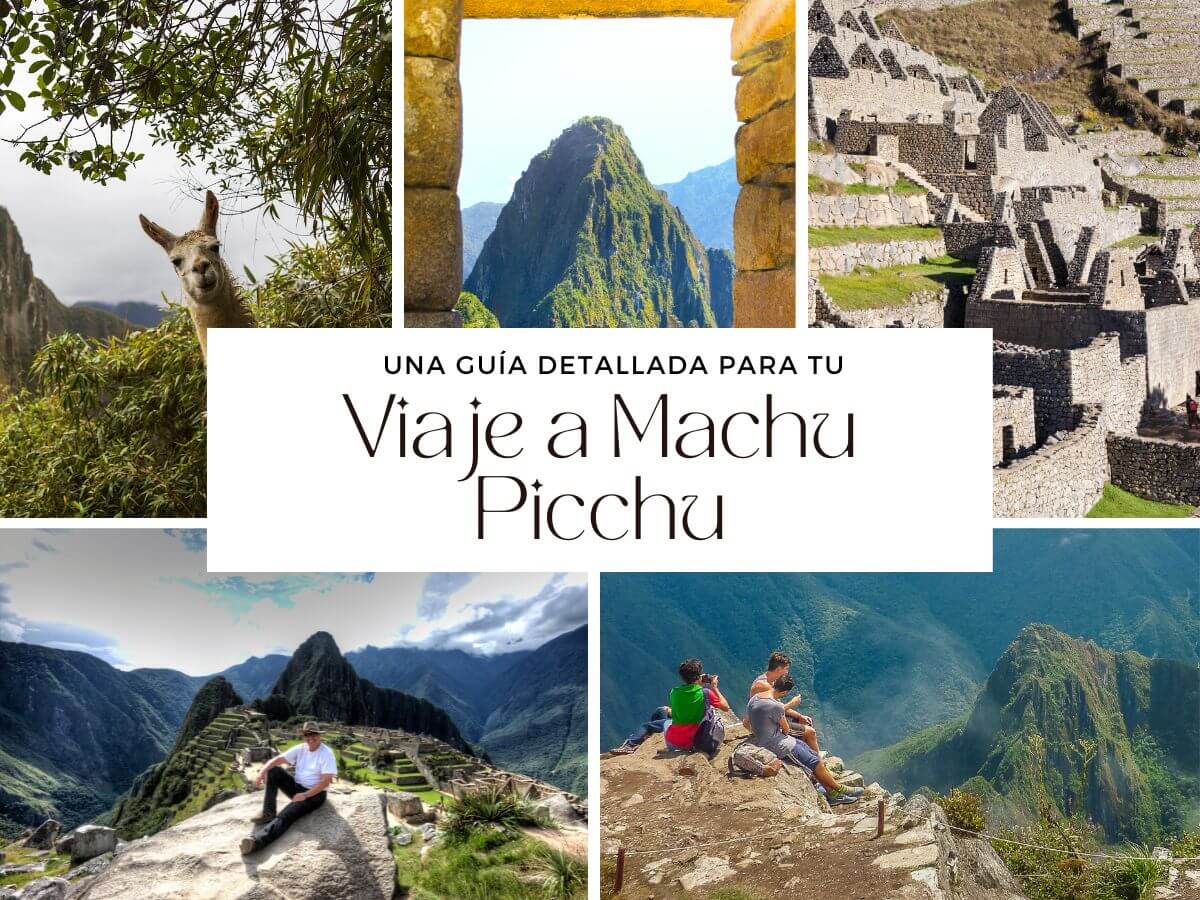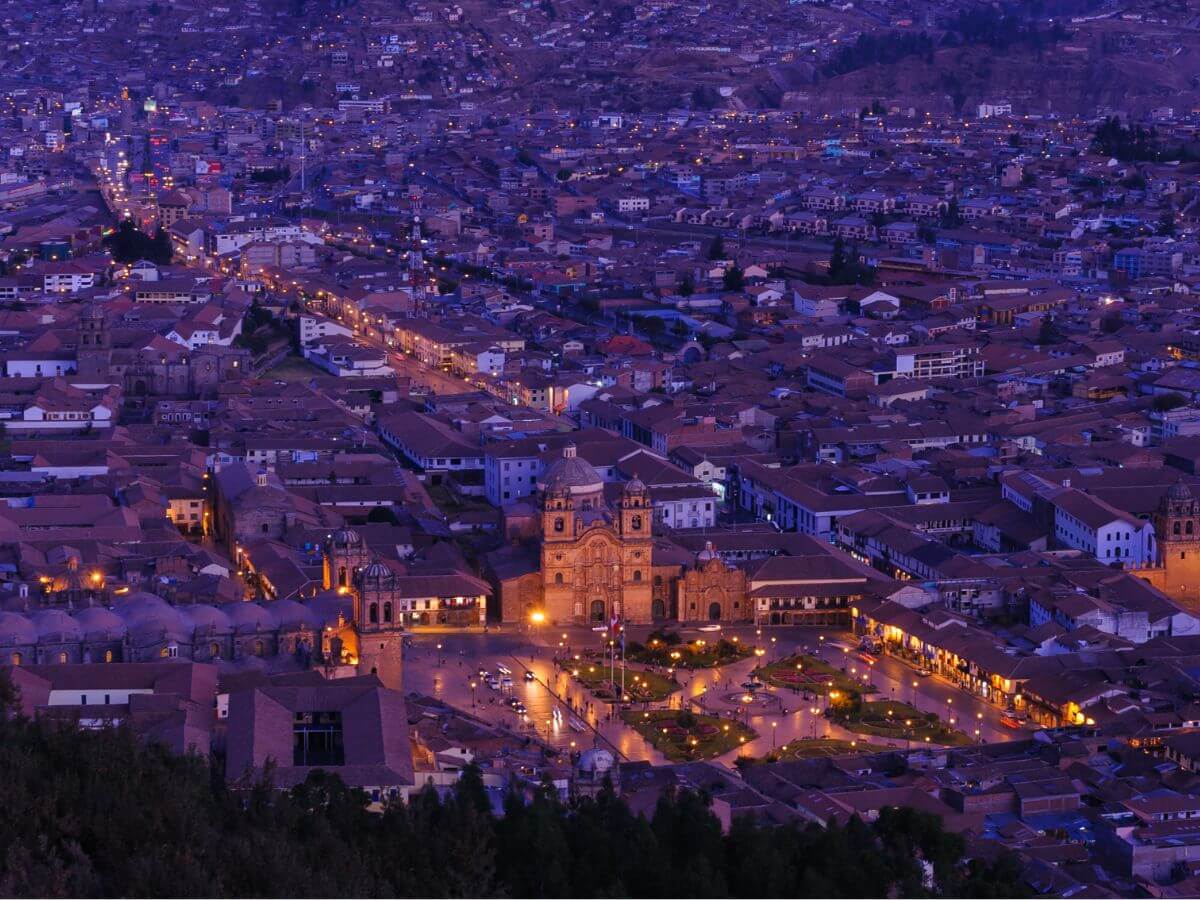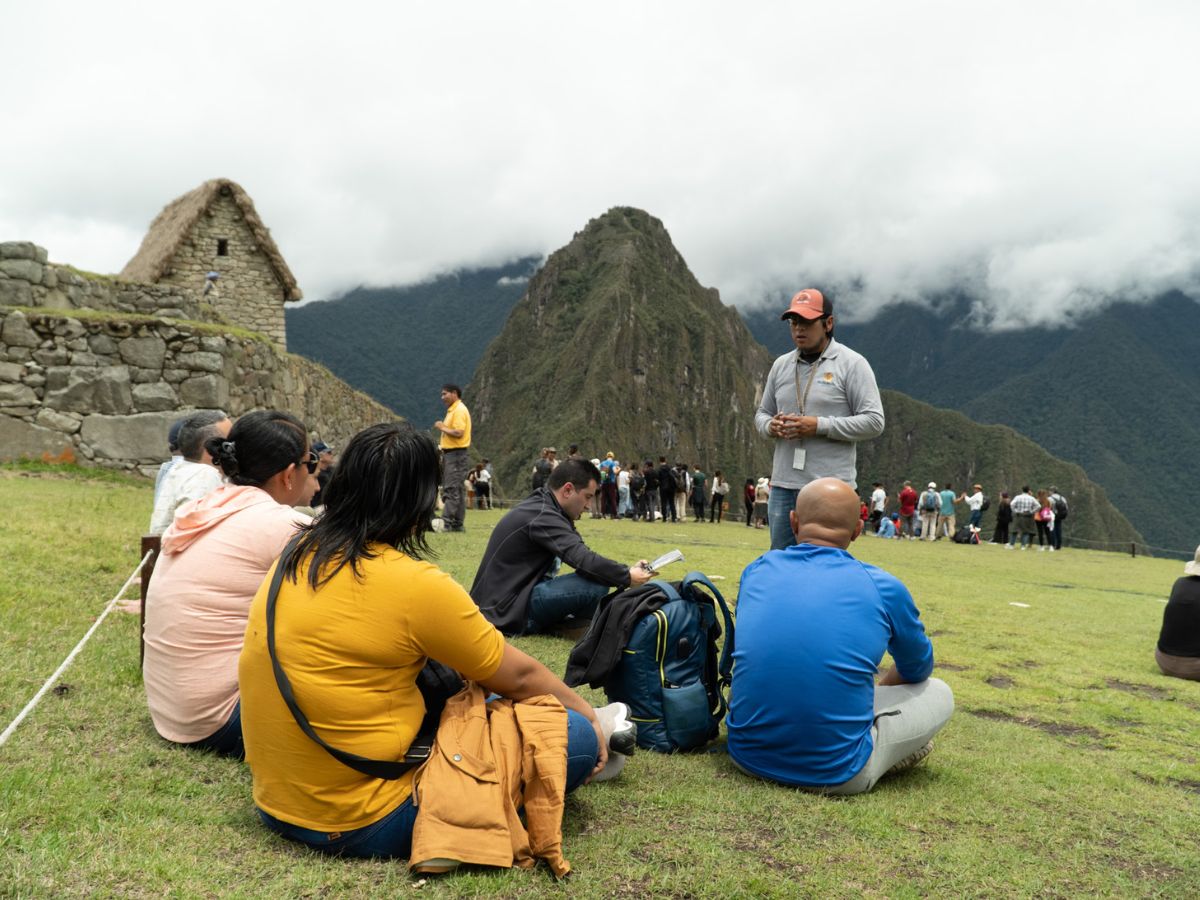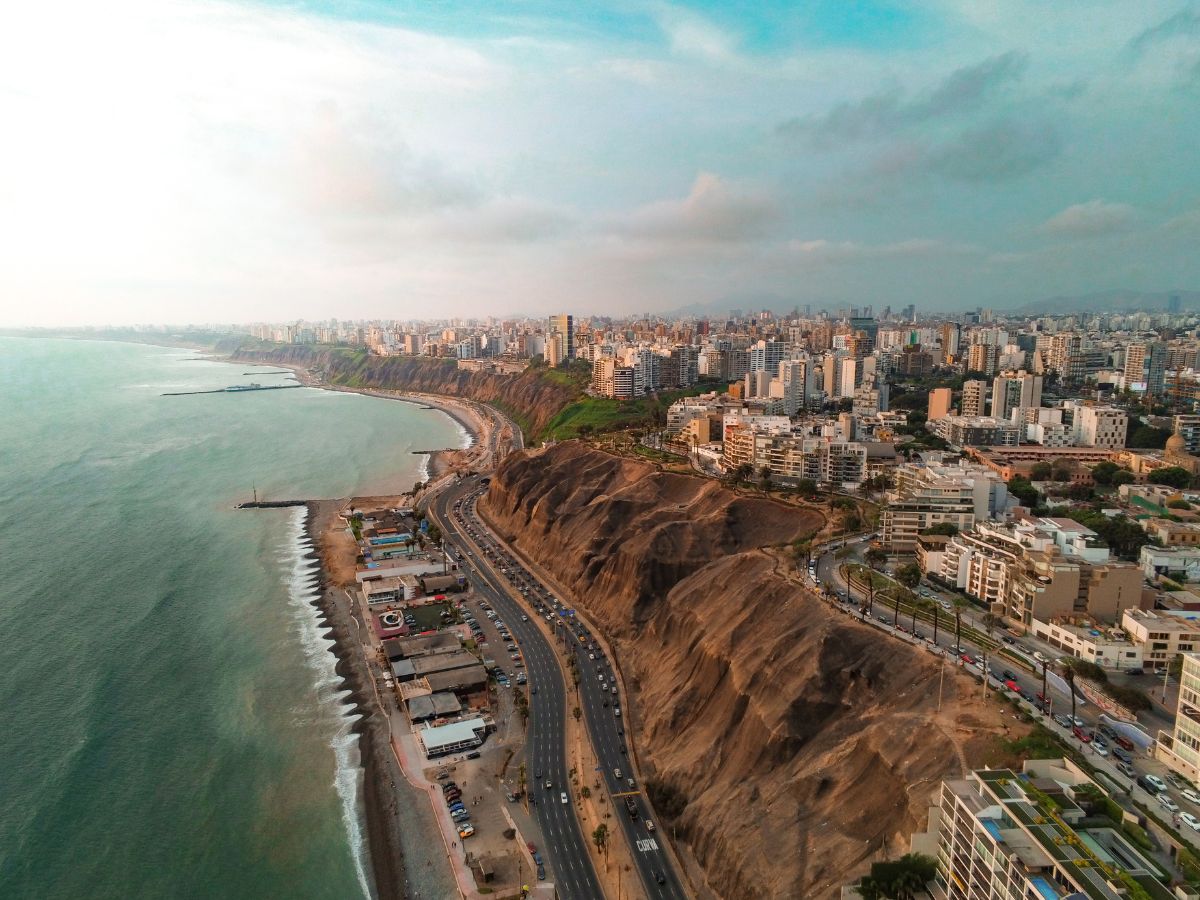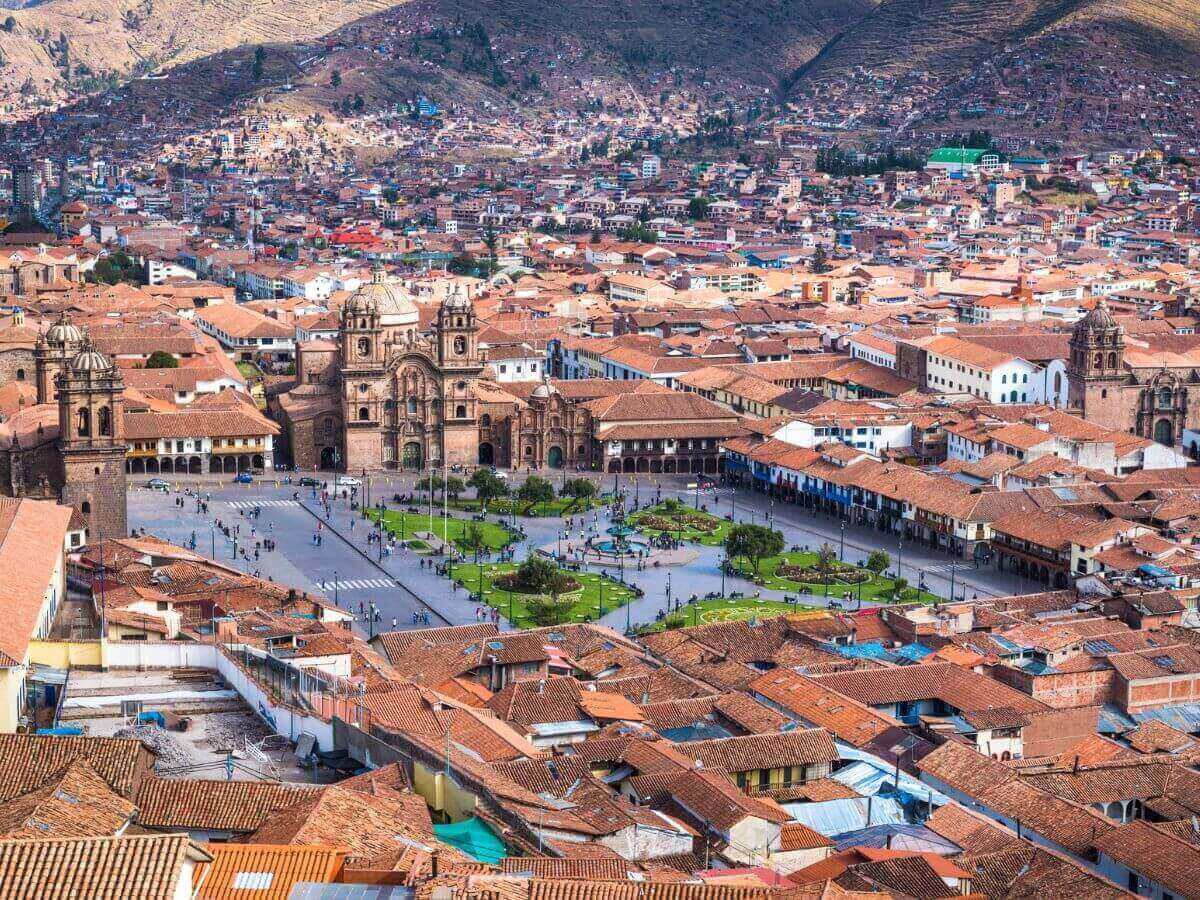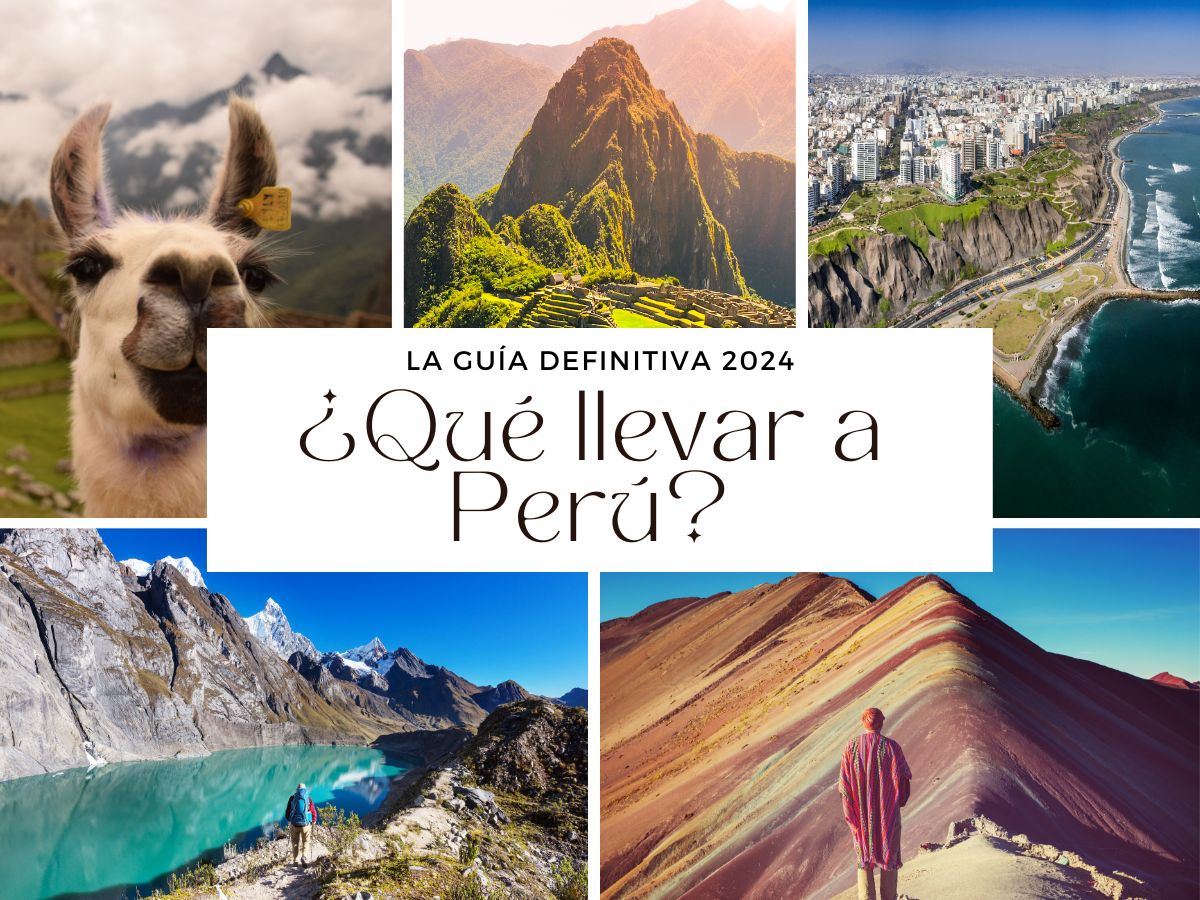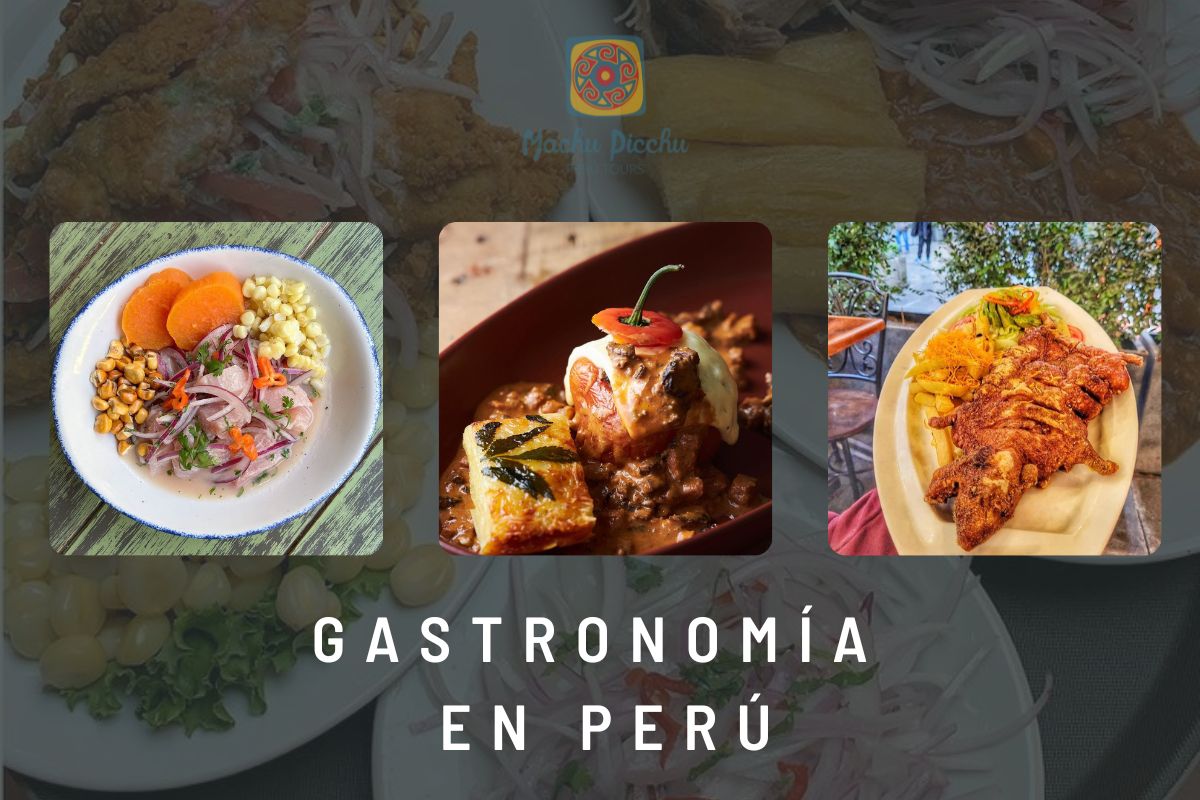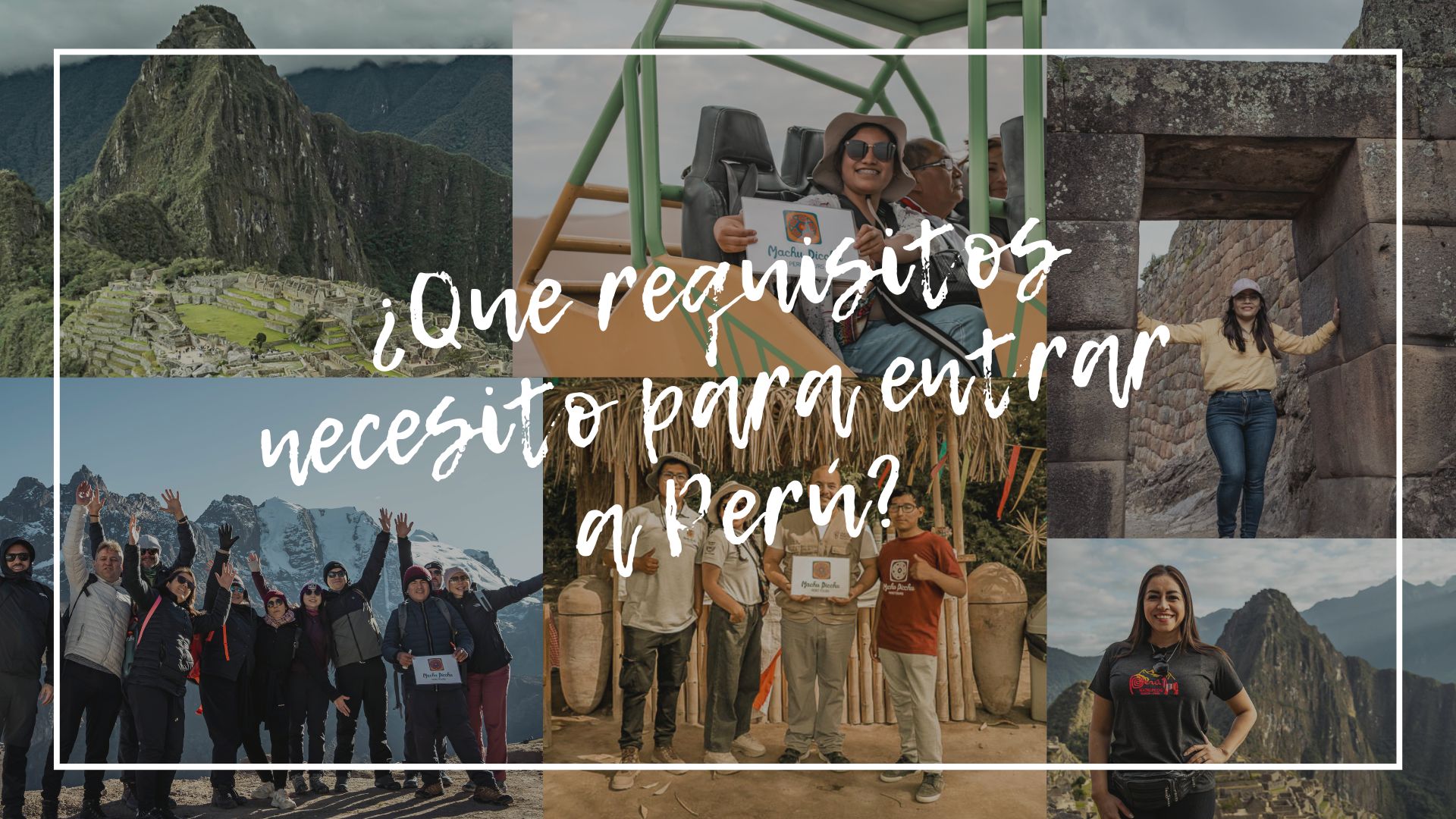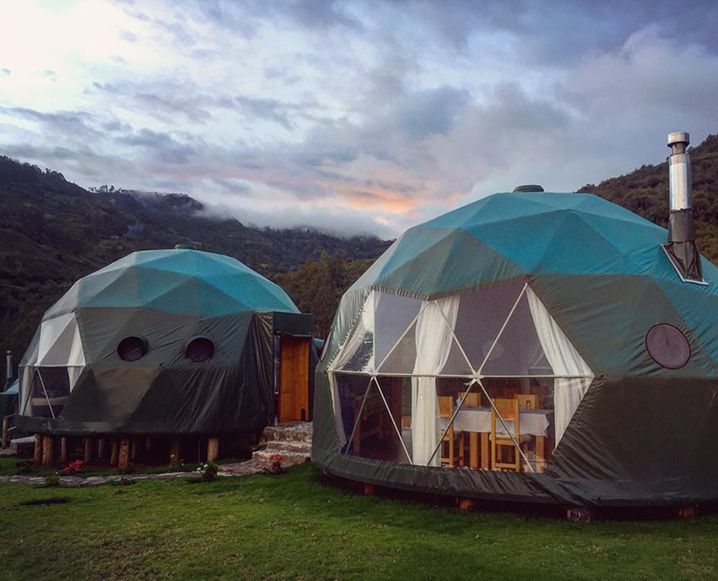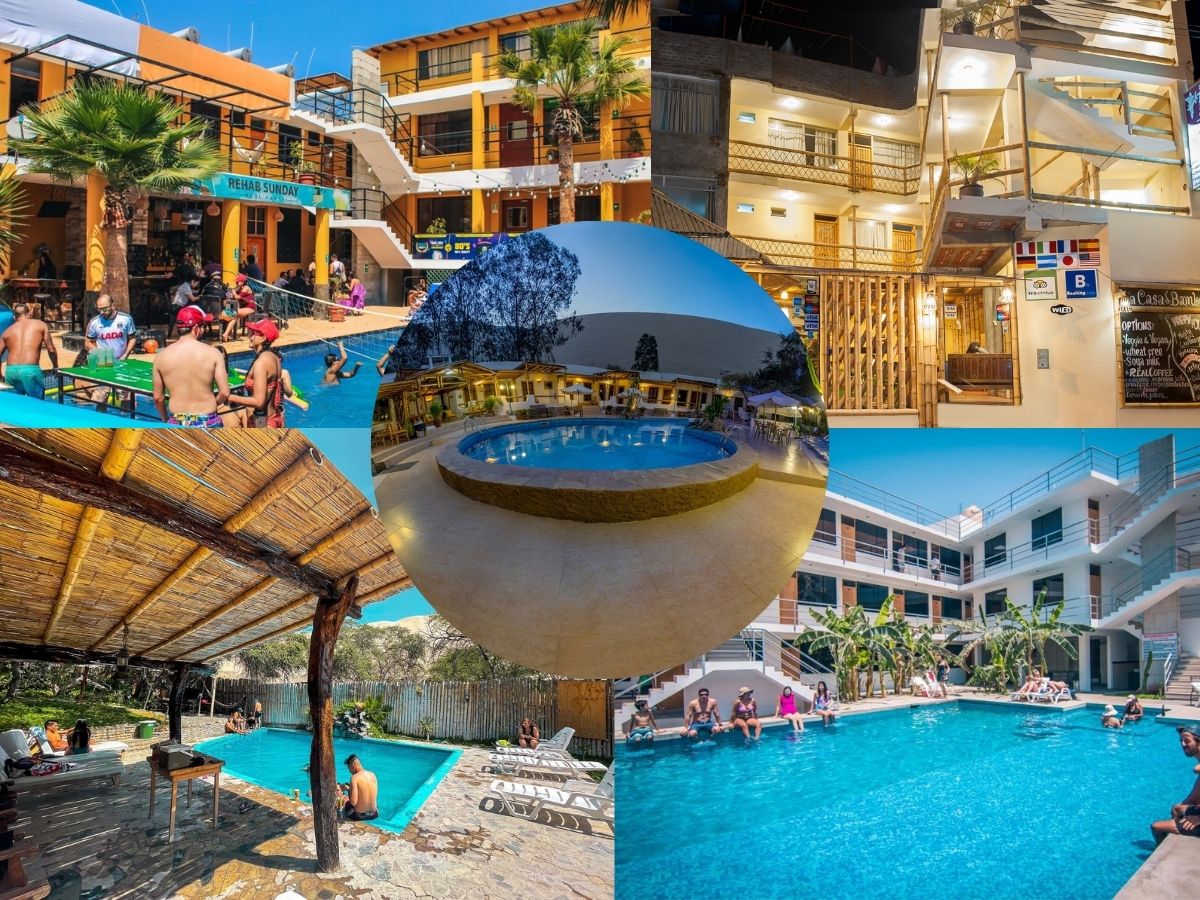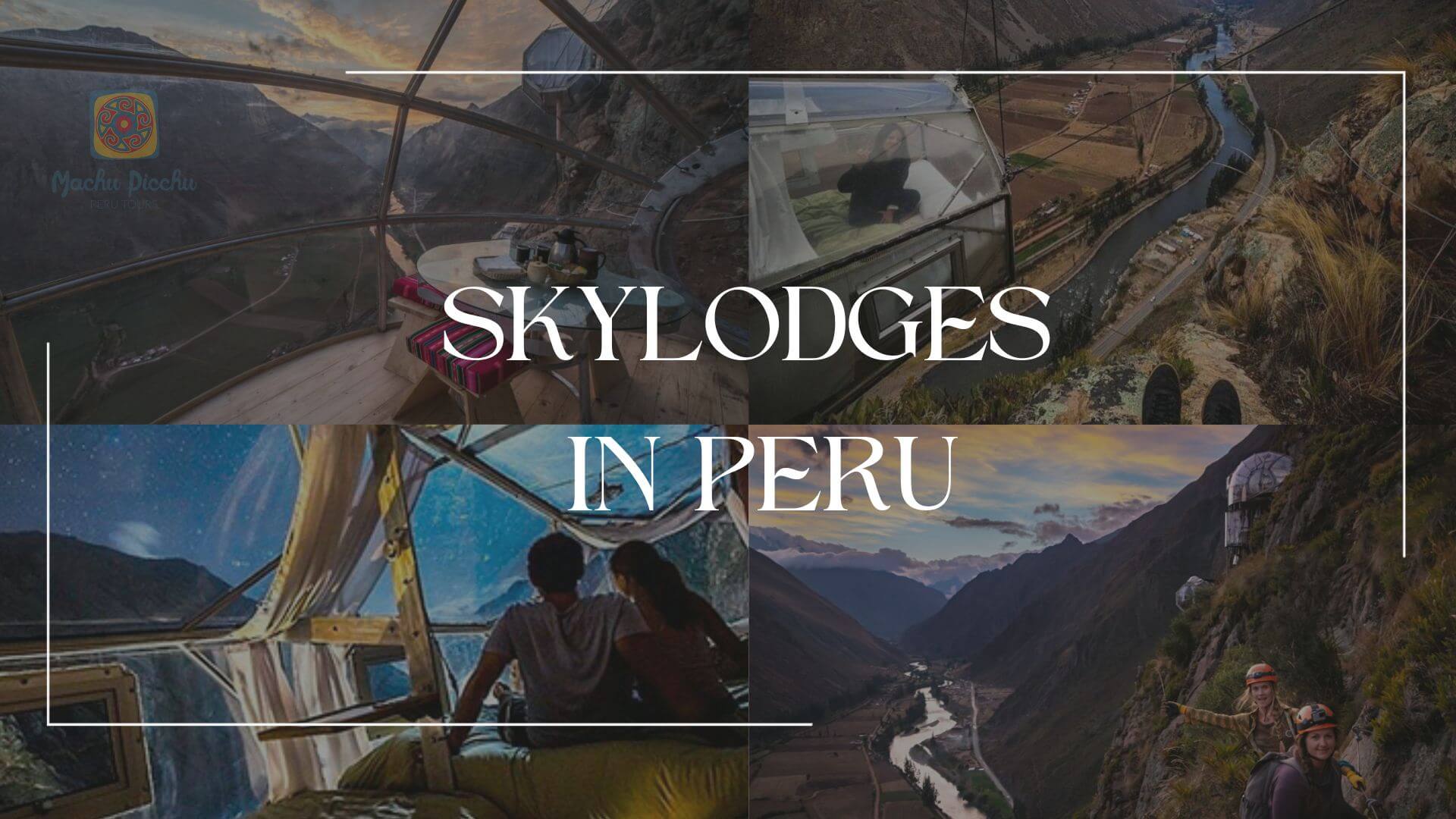10 Typical Dances in the Peruvian Andean Range
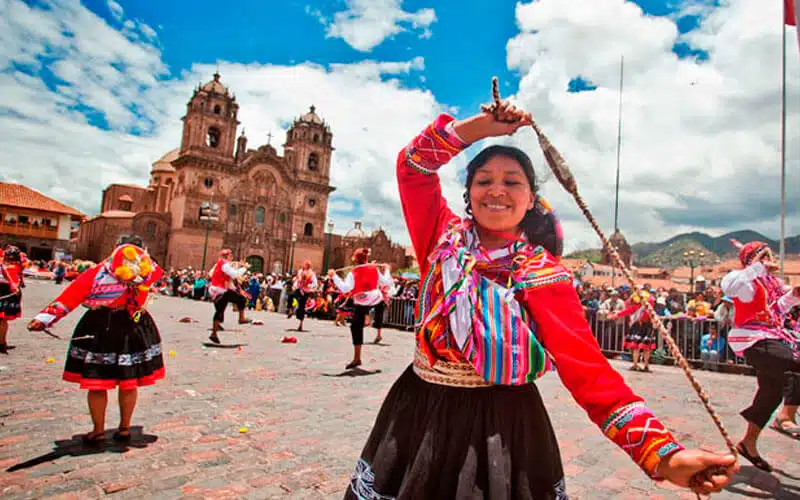
The dances in the Peruvian Andean range derives mainly from the Quechua tradition and is dancing at the sound of the quena, charango and the zampoña.
The typical dances in the Peruavian Andean range are carried out throughout the year, in each celebration, but mainly in the patron saint festivities of a religious or carnival nature. Have you ever wondered how many Peruvian dances exist in the Andean range? What meaning does each one of them have? Discover in this article the most representative dances of the Peruvian highlands with Machu Picchu Peru Tours.
What are the typical dances in the Peruvian Andean Range?
1.- La Diablada
This dance is origined in Puno, it’s characterized by the mask that the dancers use as part of their clothing, in addition, they use a devil costume and in their interpretation they represent the confrontation between the forces of good and evil.
It’s an essence of pagan elements fused between the mestizo culture, the indigenous culture combined with the Christianity. They reach their maximum splendor in the festivities such as the Virgen de la Candelaria, being the symbol of the festival and whose dancers represent this epic fight personifying the Archangel San Miguel and the infernal hosts.
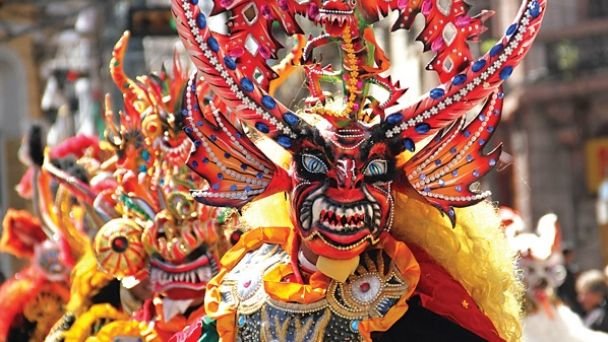
2.- Huayno
This dance is widespread throughout the Peruvian highlands, which has its own characteristics in each sector of the country (north, center and south). The northern version is more cheerful, the central one is more sentimental and the southern one is leisurely. The instruments used in the huayno are wind, string and percussion.
The Huayno is the Andean dance from which the other dances of the Peruvian start. For this reason, this typical dance of the Peruvian Andean range is danced during all the festivities of the Andean range and is characterized by its joyful steps.

3.- Sara Kutipay
It is a theatrical representation of the peasants of the Peruvian Andean range, while they work the land. Its name means “corn cultivation” and it is danced mainly in Ayacucho.
It is believed that the Sara Kutipay is the dance of solidarity, since it reflects the spirit of the Ayni (a value in the Inca Culture which means to be generous with the other), that is, the community work, cooperation and reciprocal solidarity that took place under the command of the Incas.

4.- Danza de las Tijeras
This dance is popular internationally, each dancer must hold a pair of scissors in their hands, while the percussion sounds to mark the steps. It’s believed that the use of scissors is due to the fact that the ancient Inca dancers were exploited in the mines by the Spanish conquerors, in this way, the idea of taking a pair of scissors in each hand to dance
The man who dances fulfills the role of “mediator” of the mother earth before the settlers, being the manager of the union between the two. This representative manifestation of the andeans of Peru has a lot of color and strength.
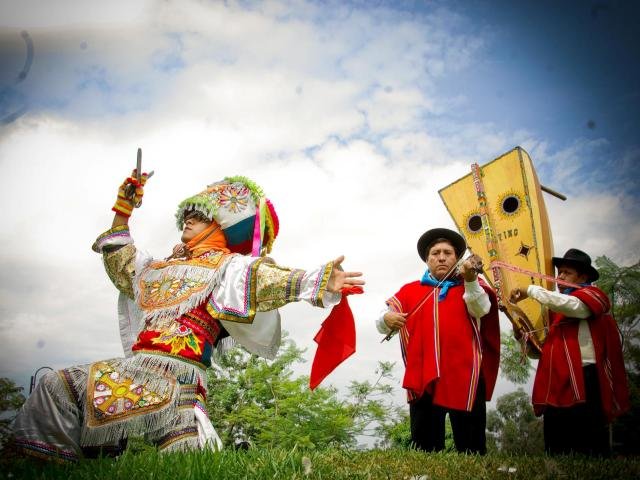
5.- Huaconada
This dance is declared by UNESCO as Intangible Cultural Heritage of Humanity. It’s also typical of the Huanca ethnic group, which extends through the Mito region. It’s a ritual dance that has more than 15,000 years old and in which men dance imitating the flight movement of the condor.

6.- Tunantada
This dance was declared Cultural Heritage of the Nation in 2011, it’s a very popular dance from the central Andean range of Peru, specifically from the district of Yauyos (Jauja), in which it is danced on the Festivity of the patron Saint Sebastián and Saint Fabián.

7.- Añu Tarpuy
The añu tarpuy is a dance-ritual in which they ask for better production and protection of the crops, especially the añu, which is sown between the months of May and June. This offering is typical of the department of Arequipa.

8.- Allpa Llankay
It is an agricultural dance performed in the Pachamama’s honor (the Pachamama was the Inca’s Culture: the Mother Earth). It’s typical dance of the department of Cusco and makes constant references to the typical farm work of that region of Peru.

9.- Avelinos
It’s a dance that refers to the fighting troops in the past War with Chile. It’s characterized by its clothing and animal masks made with skin or cloth.
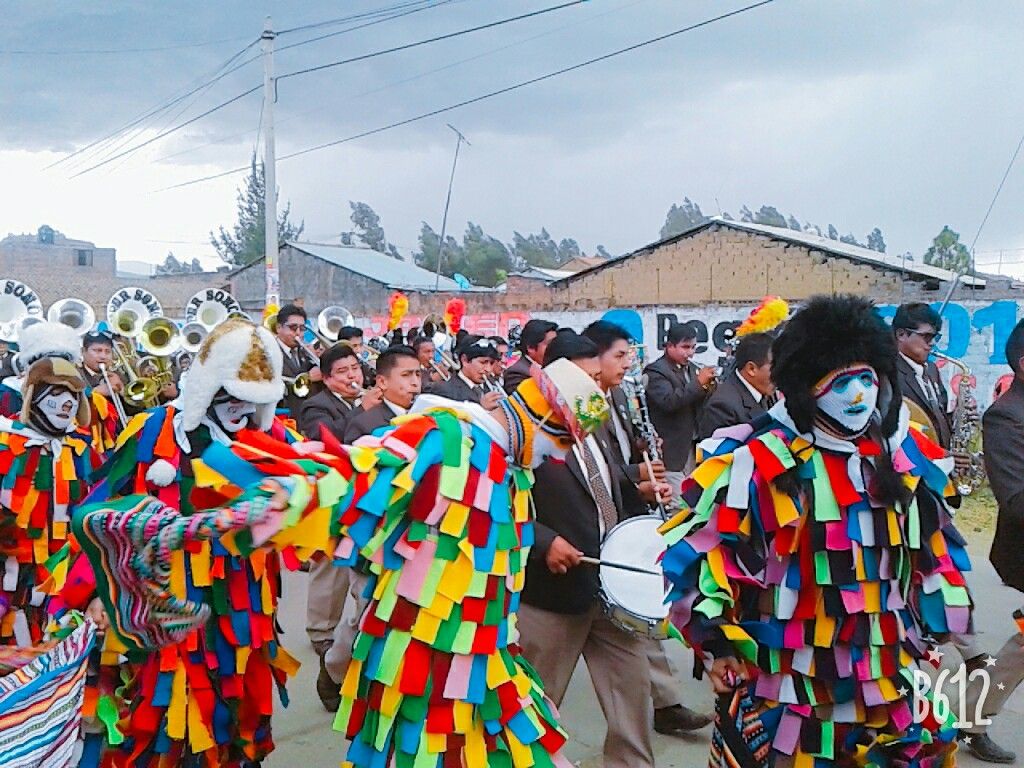
10.- Pachahuara
It’s a dance that remain the adoration to the Child Jesus, danced on Christmas day in the squares of Junín City and other neighboring towns.




